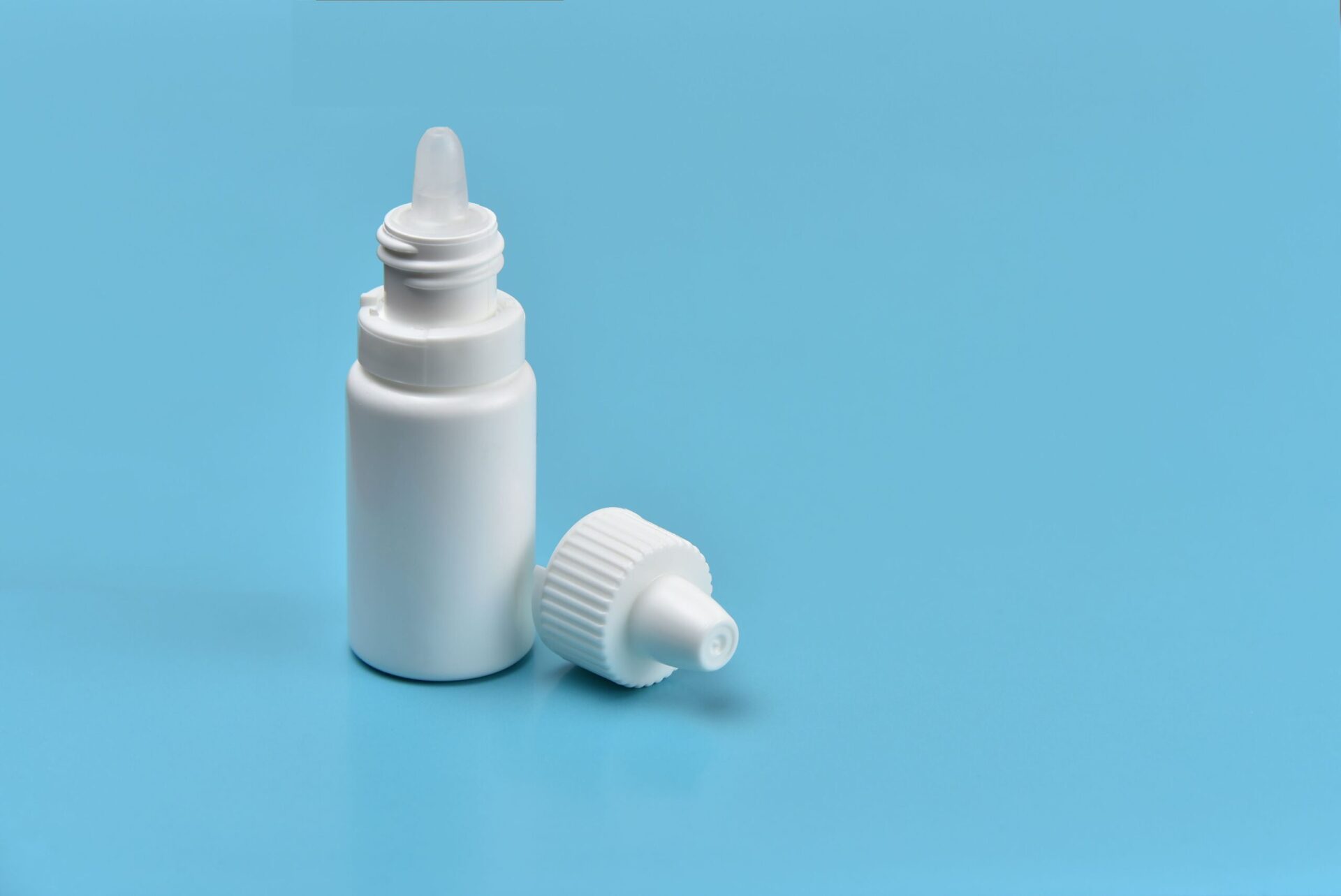Multi dose vial adapters, commonly known as MDVAs, are medical devices used to facilitate safe medication withdrawals from multi dose vials in healthcare facilities. A multi dose vial typically contains a liquid medication that is meant to be used for multiple patients, with each administration requiring a new needle and syringe to withdraw the dose. MDVAs are designed to fit securely over the multi dose vial cap and provide a port through which doses can be extracted using a syringe and needle. This helps prevent accidental needle sticks and contamination between uses for different patients.
There are a few main types of MDVAs available. The passive disinfectant port adapters contain a disinfectant within the adapter itself which is released onto the vial top with each entry to help reduce bioburden. Another type utilizes a rigid plastic attachment which covers the entire vial top and has a port for needle insertion. Some adapters employ a flip-top or swivel design for easier access. Most MDVAs are made of durable plastic or polymer materials suitable for withstanding multiple uses and sterilization between patients.
Benefits of Using MDVAs
MDVAs provide several key benefits over traditional multi dose vial access methods:
– Infection Control: By isolating the vial cap and providing a barrier to accidental needle sticks, Multi Dose Drug Vial Adapters help prevent contamination between patients and reduce the risk of healthcare-associated infections. This enhances patient safety.
– Occupational Safety: Healthcare workers are less likely to accidentally puncture themselves while accessing multi dose vials fitted with MDVAs as compared to conventional techniques. This leads to fewer needlestick injuries.
– Medication Wastage: MDVAs allow for precise insertion of the syringe needle into the adapter port each time without having to search for the puncture site on the vial top. This minimizes wastage due to leftovers in the syringe or vial between uses.
– Convenience: MDVAs provide an ergonomic design and easier single-handed operation compared to manipulating both the vial and needle independently. This increases efficiency during busy clinical workflows.
– Documentation: Some advanced multi dose drug vial adapters systems integrate barcode or RFID technologies to automatically track medication withdrawals and facilitate electronic documentation for each patient.
Impact on Infection Rates
Several clinical studies have demonstrated the positive infection control impact of implementing MDVAs:
A study across 21 intensive care units found central line-associated bloodstream infection rates dropped by 50% after switching to vial access with Multi Dose Drug Vial Adapters compared to conventional techniques. Similarly, another study reported a 72% reduction in contamination events affecting multi dose vials fitted with antimicrobial-lined adapters versus control vials without adapters.
Another analysis estimated the cost savings achieved from averting central line infections was about $12,000 per case by transitioning to MDVAs. Some researchers have cited potential annual savings in the millions of dollars for large healthcare systems by reducing infection rates through safer vial access methods.
Further, a simulation model assessing the risk of bloodborne pathogen transmission during multidose medication use calculated using MDVAs could cut hepatitis C virus infection probability by 50-90% and HIV infection risk by 60-95%. This substantial infection control benefit greatly outweighs the initial cost of MDVA devices.
Cost-Effectiveness and Return on Investment
While the upfront investment in purchasing MDVAs may seem higher than conventional methods, various analyses have concluded they offer significant cost savings over the long run due to reduction in costlier adverse events. For example:
– A study estimated the average payback period was only 7-10 months based on averted costs from central line infections prevented through MDVA use in ICUs. After 2-3 years the net cost savings was around $84,000 per unit.
– Another analysis calculated the break-even point was approximately 16 weeks based on the costs of bloodstream infections prevented for a 300 bed hospital. Over 5 years the total net cost savings amounted to $900,000.
– Research also found MDVA equipped vials reduced overall medication administration costs by 18% through decreased waste volumes and more precise dosing compared to standard vials.
Additionally, some multi dose drug vial adapters manufacturers now offer service models where facilities pay a subscription fee covering the ongoing costs of supply, maintenance and disposal, further improving the return on investment case versus purchasing MDVAs outright. Overall, studies consistently show MDVAs deliver an excellent return through infection control cost savings within 1-2 years for most healthcare settings.
Evolving Standards and Adoption
Given the strong evidence supporting MDVAs as an effective strategy to enhance patient and worker safety, major healthcare organizations have introduced new policies and recommendations:
– The Centers for Disease Control and Prevention (CDC) now lists multi dose vial adapters as one of the core injection safety practices in their injection safety checklist.
– The Occupational Safety and Health Administration (OSHA) updated their guidelines to promote use of MDVAs or similar closed system transfer devices as an important control measure against occupational exposure incidents.
– Joint Commission International (JCI) made multi dose vial access safety a National Patient Safety Goal and recommends MDVAs as the preferred approach.
– Several states have also introduced legislation or regulations mandating covered medical facilities adopt MDVAs or other closed drug transfer systems going forward.
With evolving standards and evidence clearly demonstrating the clinical value and return on investment, adoption of multi dose vial adapters continues increasing rapidly across hospitals and clinics. As awareness grows, MDVAs are projected to become common practice in medication administration globally.
*Note:
1. Source: Coherent Market Insights, Public sources, Desk research
2. We have leveraged AI tools to mine information and compile it




